Deck & Commander Strategies
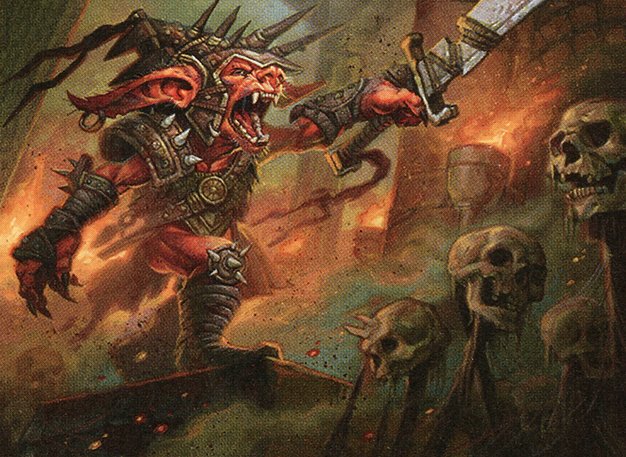
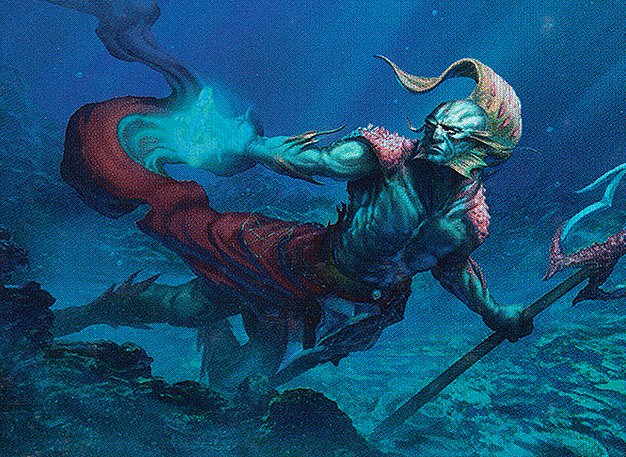
Rograkh, Son of Rohgahh / Thrasios, Triton Hero
This deck focuses on ramping aggressively with mana rocks and land combos like Gaea's Cradle, using tutors such as Demonic Tutor and Crop Rotation to find key pieces. Rograkh enables powerful mid-game plays by sacrificing creatures to generate mana, while Thrasios provides card filtering and ramp. The deck aims to out-resource opponents and win through overwhelming mana advantage and resilient threats.

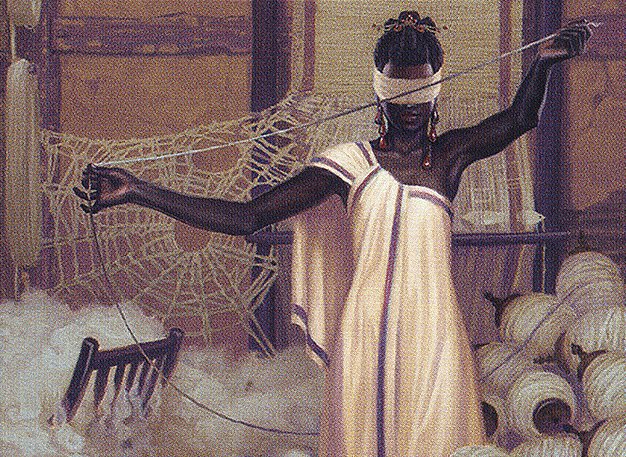
Tymna the Weaver / Thrasios, Triton Hero
A midrange value deck leveraging Tymna’s card draw from combat damage and Thrasios’s filtering. It applies pressure through efficient creatures like Ragavan and supports disruption through hand hate and counterspells, aiming to outvalue opponents and control the board until it can close out the game.

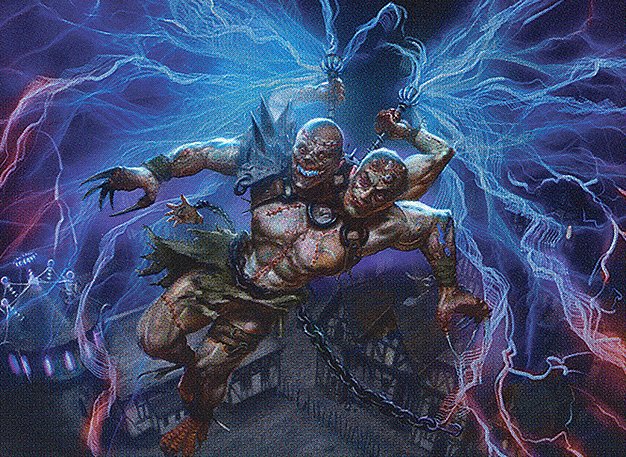
Tymna the Weaver / Kraum, Ludevic's Opus
This aggressive value deck capitalizes on drawing cards through combat damage with Tymna and Kraum, while applying early pressure with creatures like Ragavan. It uses disruption and card advantage tools to maintain tempo and force opponents into reactive play, winning through incremental damage and resource denial.

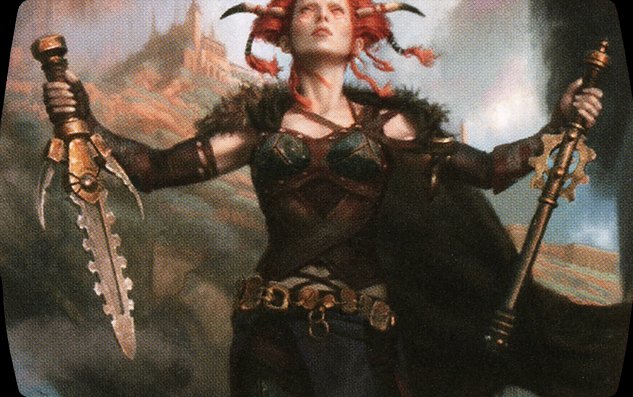
Tymna the Weaver / Jeska, Thrice Reborn
Focused on aggressive combat damage triggers and leveraging Jeska’s ability to generate mana and damage through combat phase, this deck seeks to rapidly deploy threats and maintain pressure. It includes artifact ramp and disruption to protect its creatures and maintain tempo, aiming for a fast win through combat damage and burn effects.
Gameplay Insights
- 1
Utilizing Crop Rotation to find Gaea's Cradle was a critical ramp play that significantly increased mana production.
- 2
Casting Flare of Duplication on Rograkh allowed the player to copy a powerful threat, amplifying board presence.
- 3
Repeated use of Mystic Remora and Smothering Tithe generated sustained card advantage and treasure tokens, fueling explosive turns.
- 4
Managing responses to tutors and spells with well-timed interaction like Force of Will and Prather's Grasp was key to disrupting opponents' plans.
- 5
Sacrificing treasures strategically to pay for high-impact spells enabled maintaining tempo despite heavy mana investment.
- 6
Eldritch Evolution was used effectively to upgrade creatures mid-combat, enabling flexible threat deployment.
Notable Cards
-

Rograkh, Son of Rohgahh
-

Thrasios, Triton Hero
-

Tymna the Weaver
-

Kraum, Ludevic's Opus
-

Jeska, Thrice Reborn
-
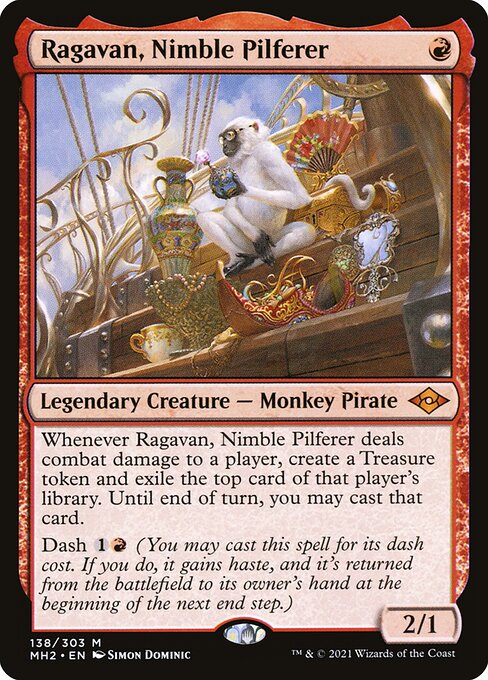
Ragavan, Nimble Pilferer
-
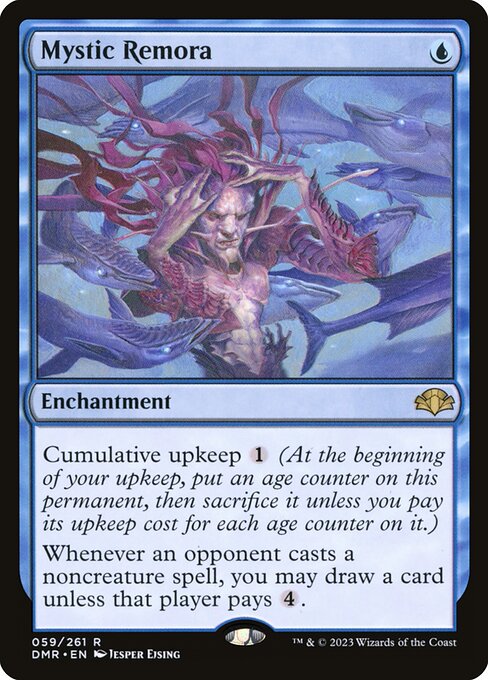
Mystic Remora
-
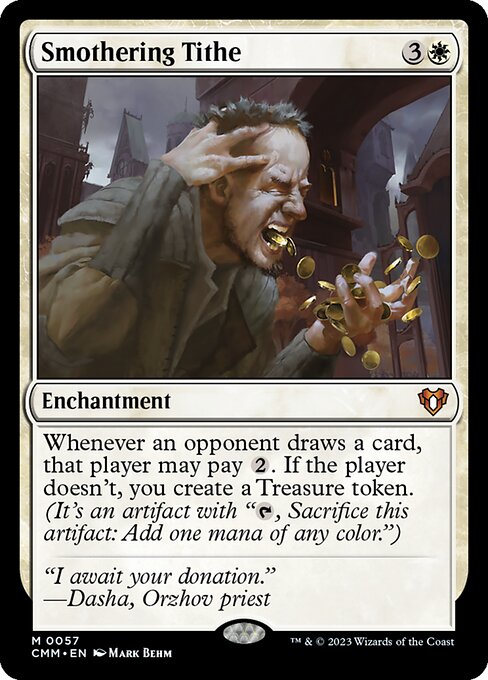
Smothering Tithe
-

Demonic Tutor
-

Crop Rotation
-
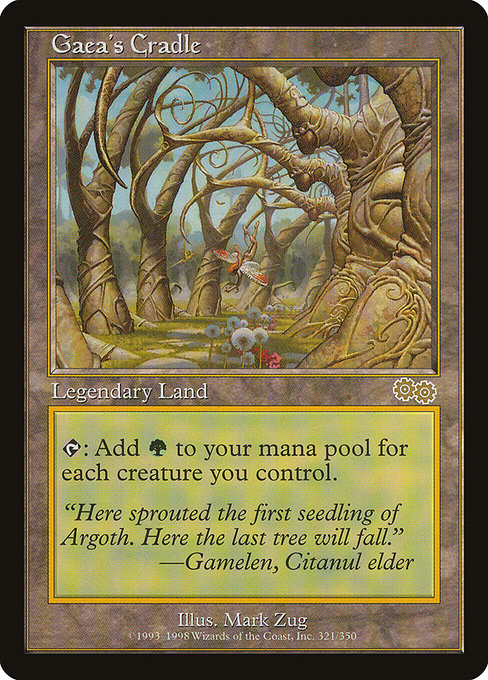
Gaea's Cradle
-
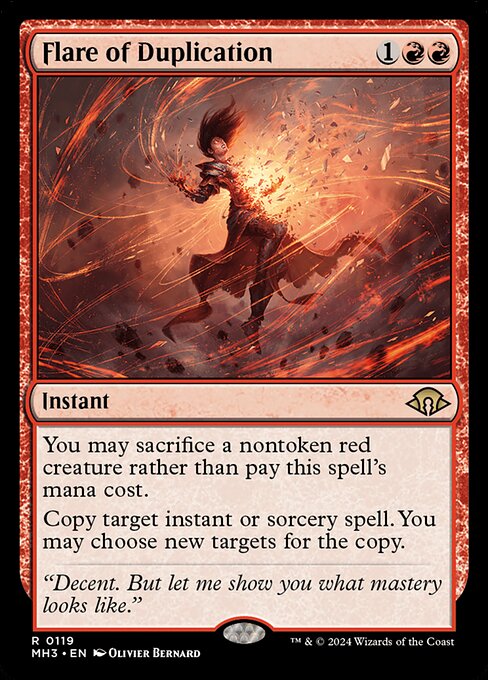
Flare of Duplication
-
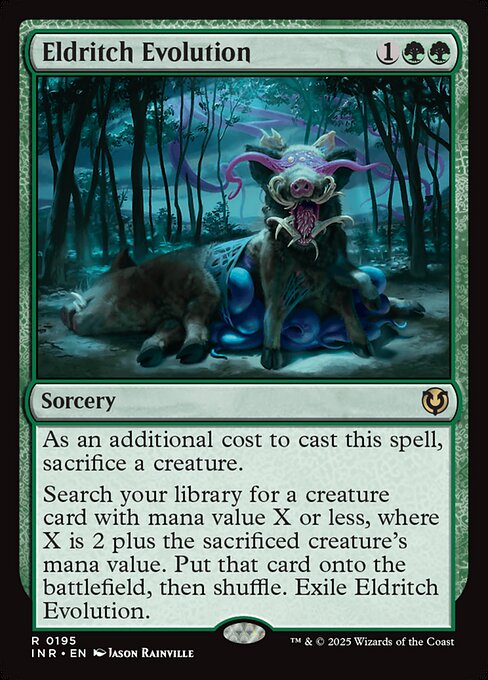
Eldritch Evolution
-

Force of Will
-
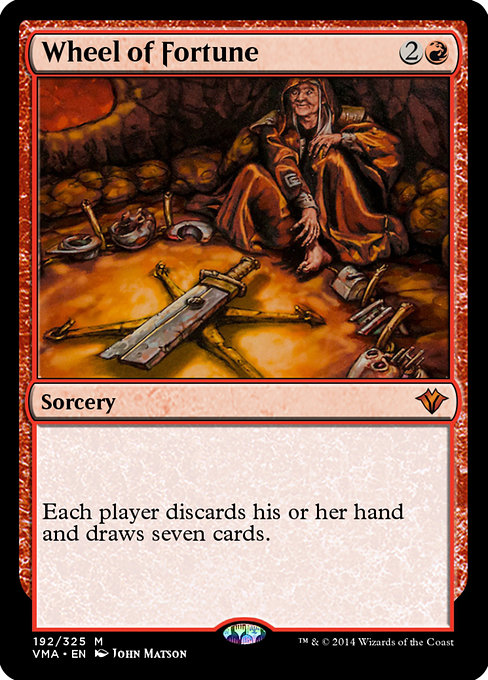
Wheel of Fortune
Gameplay Summary
The game kicked off with a multi-player setup featuring Rograkh/Thrasios, Tymna/Thrasios, Tymna/Kraum, and Tymna/Jeska decks.
Early turns saw typical resource acceleration plays such as fetch lands, mana rocks like Lotus Petal and Talisman of Curiosity, and value creatures like Ragavan and Mystic Remora establishing board presence and card advantage.
Rograkh was cast early by the Rock-Thrasios player, setting the stage for a powerful mid-game.
Ragavan proved aggressive in dealing early damage and generating treasures, fueling further ramp and spellcasting. A pivotal moment occurred when a Demonic Tutor was cast, prompting a Crop Rotation response to find a Gaea's Cradle, accelerating the Rock-Thrasios deck’s mana production significantly.
This mana advantage allowed for explosive plays, including casting powerful threats like Lotho and generating multiple treasures to fuel further spells.
Players attempted to disrupt these plans with counterspells and interaction, but the mana flood and card draw engines kept the Rock-Thrasios deck ahead.
Key spells like Eldritch Evolution and Flare of Duplication were used to cheat threats into play and even copy commanders or creatures, increasing board dominance.
The game’s tension rose as players managed Mystic Remora and Smothering Tithe triggers, balancing between maintaining card advantage and managing life totals. The Rock-Thrasios deck leveraged its mana generation and tutoring to assemble a threatening board state, while other decks, particularly those piloting Tymna, sought to maintain disruption via hand hate and countermagic.
The game revolved around resource management, treasure generation, and timing of tutors and board wipes, with Rock-Thrasios gaining the upper hand due to explosive mana production and resilient threats.
The game’s outcome leaned on who could capitalize on these advantages and avoid critical misplays during key spell sequences.

















![IS DOCKSIDE EXTORTIONIST TOO STRONG? | MAMTG cEDH S4 E20 | [MTG cEDH Gamplay] | thumbnail](https://i.ytimg.com/vi/t1GiGbW9lGw/sddefault.jpg)



